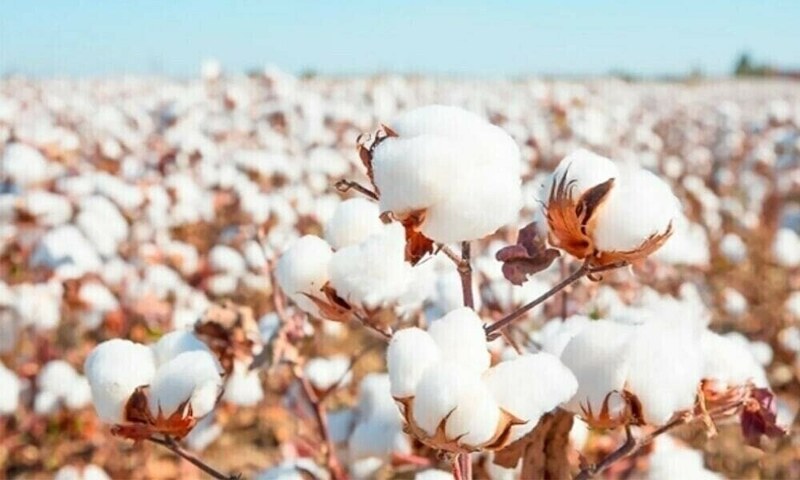
EDITORIAL: A 40 percent surge in cotton arrivals by mid-September, even after months of damaging rain and flooding, is more than just a bright spot in an otherwise troubled economy. It underlines both the resilience and the wasted potential of a sector that still delivers when conditions align.
Textile mills are buying in larger volumes, ginneries are running at double last year’s pace in Punjab, and Sindh is recording its sharpest output increase in years. At a time when every dollar counts, a stronger cotton harvest promises not only relief for the industry but also some breathing room for the current account.
Yet the lesson is not simply to celebrate. It is to ask why a crop that can withstand floods and still deliver 40 percent more output has been allowed to decline so often in the past.
The same land, the same farmers, the same markets — but the difference this time lies in early sowing, timely heat, and improved participation from Sindh. It exposes just how much of the shortfall in previous years has been manmade: poor planning, weak inputs, and failure to support growers when conditions were less forgiving.
The system’s inefficiencies remain visible even in this moment of recovery. Conflicting production estimates — with the ginners’ association and Punjab’s own crop reporting service publishing wildly different numbers — reveal a chronic problem of unreliable data. Without accurate information, planning and policymaking become guesswork, undermining both farmer confidence and export competitiveness. Similarly, the surge in operational ginneries this year raises an uncomfortable question: why were so many idle before, and what prevented authorities from ensuring their fuller use?
For the economy, the benefits of this crop will be immediate. Cotton is not just another commodity; it anchors the textile industry, Pakistan’s leading export earner. Each bale that moves from field to factory is a step away from dependence on costly imports and a step towards improved rural incomes. But unless structural flaws are weeded out, the gains will remain episodic and vulnerable to reversal at the first sign of adverse weather or pest attack.
That is why policy must shift decisively from crisis response to long-term strengthening. Early sowing, better seed varieties, and extension services that actually reach farmers cannot be left to chance. Investment in ginning and processing capacity must continue, but it must be matched by stronger quality control and transparent record-keeping. Above all, the state must move beyond issuing celebratory figures and confront the inefficiencies that have kept one of Pakistan’s most valuable crops from realising its potential.
The cotton sector deserves to be treated as the backbone of industrial policy rather than as an afterthought. Its fortunes shape not just export earnings but also employment, rural stability and fiscal health. A bumper crop in a flood year is a reminder of what is possible. Whether it becomes the start of a sustained turnaround, or just another wasted opportunity, depends on how seriously the lessons are taken — and whether policymakers finally show the resolve to put efficiency and foresight at the centre of agricultural planning.
Copyright Business Recorder, 2025



